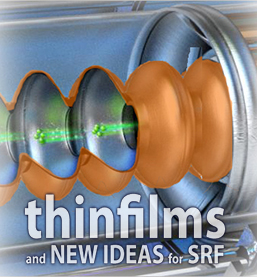Speaker
Description
Nb3Sn has great potential to be the next generation superconducting material on the inside of Cu superconducting radiofrequency cavities (SRF) due to its relatively high critical temperature Tc of 18 K compared to superconducting metals such as Nb, Tc = 9.2 K. This allows access to superconducting radiofrequency (SRF) cavities at operating conditions not possible for Nb, as well as better efficiency for conduction-cooled cavities. Unfortunately, Nb3Sn is brittle, so it must be formed after the cavity shape is made. Here, we demonstrate multiple approaches to form Nb3Sn on a Cu substrate using the bronze route to facilitate Nb3Sn formation during reactions at ~700 °C. For all approaches, a Cu base plate was coated with Ti and Ta in sequence, Ti being a wetting layer and Ta being a diffusion barrier. Recipe 1 used a hot bronze method where bronze was thermally evaporated onto the substrate at ~200 °C and then Nb was deposited at ~700C in a second chamber. The high activity of Sn resulted in nearly instant reaction, achieving rapid growth of >20 nm / min. Recipes 2 and 3 both used a post-reaction method where Nb deposition and bronze evaporation were given different sequences, either bronze on Nb or Nb onto bronze, with temperature ~200 °C being too low to initiate Nb3Sn reaction. These structures were subsequently reacted at ~700 °C in a vacuum oven. Tc of coatings ranged from 14 to 16 K, being strongly affected by the thermal expansion coefficient mismatch between Nb3Sn and Cu, with some compensation due to the Ta diffusion layer.
This work was supported by the U.S. Department of Energy, Office of Science, Office of High Energy Physics under Award No. DE-SC 0018379. A portion of this work was performed at the National High Magnetic Field Laboratory, which is supported by National Science Foundation Cooperative Agreement No. DMR-1644779 and the State of Florida.

